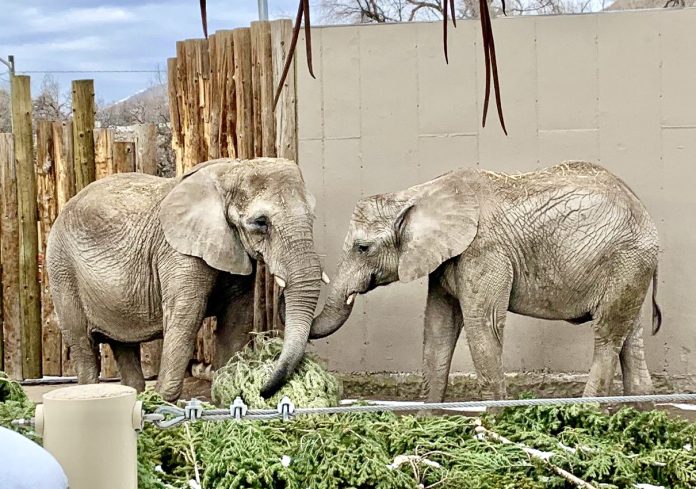You can help all animals and our planet by choosing compassion on your plate and in your glass. #GoVeg
RELATED ARTICLES
Victory! Great Britain Has Finally Banned The Live Export Of Farm Animals
The Animal Welfare (Livestock Exports) Bill, that will ban farmed animals from being exported from Great Britain for slaughter, has passed its final stage...
Judge Dismisses Felony Charges Against UC Berkeley Student Who Rescued Four Chickens From A Slaughterhouse
A Sonoma County judge dismissed multiple felony charges against UC Berkeley student Zoe Rosenberg, 21, who is being prosecuted for rescuing four chickens from...
The Most Endangered Species On Earth & The Race To Help Save Them From Extinction
The world is facing a crisis in biodiversity as a growing number of species are facing extinction. Among them, some are particularly at-risk of...
Popular stories
Nonprofit / Partners
Breaking! Animals Asia’s New PSA ‘The Only Cure Is Kindness’ Aims To Raise Funds To Save More Bears From The Bear Bile Industry In...
A growing number of celebrities are joining Animals Asia for their ‘The Only Cure Is Kindness’ campaign which is aimed at saving bears from the...
International News
Orang Utan Republik Foundation Launches Student Scholarship Program To Educate Indonesian Youth To Save Critically Endangered Orangutans
The Orang Utan Republik Foundation (OURF), in conjunction with The Orangutan Project, is proud to announce the launch of their Student Sponsorship Program, a...
News
U.S. Fish & Wildlife Service Sued By Conservation Groups For Failing To Provide Recovery Efforts For The Mexican Gray Wolf
Conservation groups have filed a lawsuit challenging a new U.S. Fish and Wildlife Service (FWS) management rule that fails to provide for the recovery...



